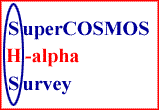
|
|
|
|
|
|
|
|
|
|
|
|
|
|
|
|
|
|
|
|
| |
 | |
| IFA ROE |
Special Press page: NAM 2002 BRISTOL
The AAO/UKST H-alpha survey: for association with PPARC press release
Below are given an examples of a large-scale colour image of the Vela SuperNova Remnant (About 9x9 degrees on the sky) together with several new Planetary Nebula discovered from the H-alpha survey material by Parker et al.
A colour image of the Vela SuperNova remnant
A pseudo colour image of 6 H-alpha survey fields in the immediate vicinity of the famous Vela SNR is given below and a higher resolution version is given here.
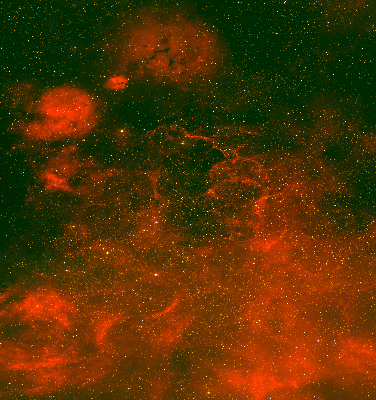 |
The Planetary Nebulae
Figure 1a (left) A new PNe discovery taken on 4-degree field centre exposure HA17702, field 1063H 19h12m, -12deg B1950.
The image is about 2.6 x 2.6 arcminutes in size.Figure 1b (right) gives a follow-up confirmation image.
This was taken with the Taurus Tunable Filter (TTF) on the AAT on by Brian Boyle and Steve Lee.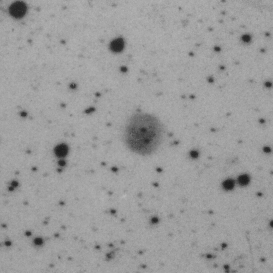
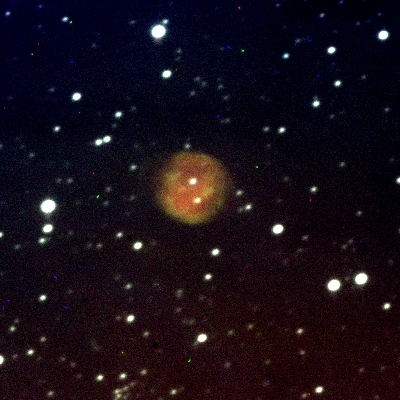
Examples of four new resolved Planetary Nebulae
Each image is 2.6 x 2.6 arcminutes in size.
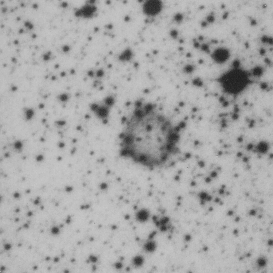
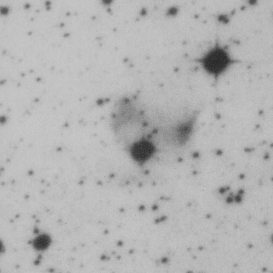
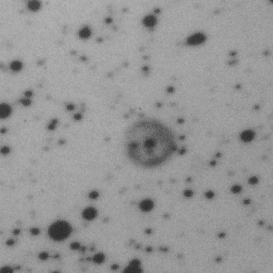
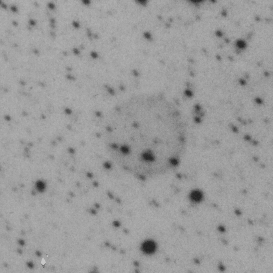
Figure 2a & b. Top left & top right are both from exposure HA17614 (field 334)
Figure 2c & d. bottom left from exposures HA17617 (field 226) &
bottom right from exposure HA17619 (field 392).
![]()
Home | Intro | Get an Image | Get a Catalogue
Coverage | Documentation | History | Links
WFAU, Institute for Astronomy,
Royal Observatory, Blackford Hill
Edinburgh, EH9 3HJ, UK
M.Read@roe.ac.uk
30/7/2008